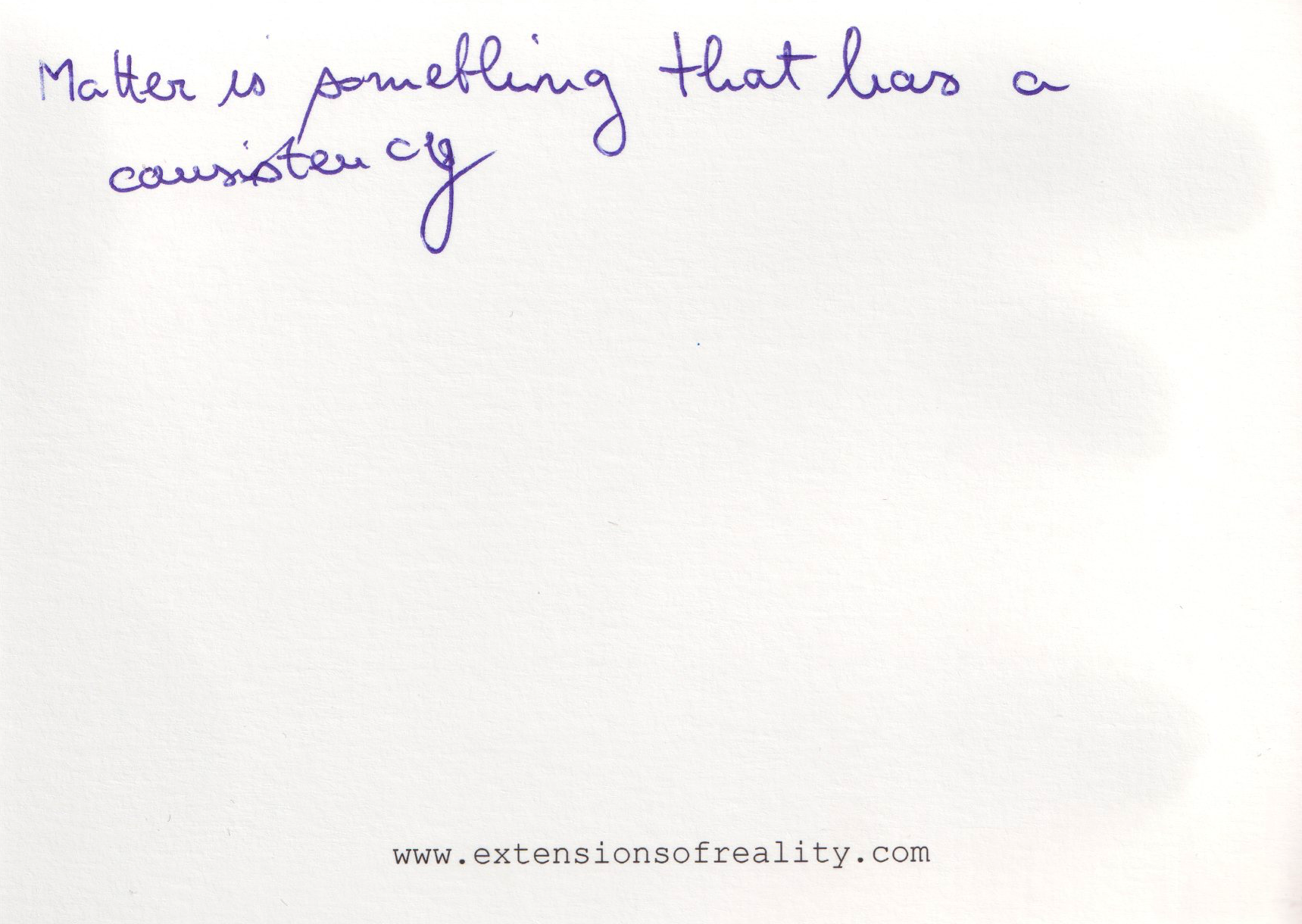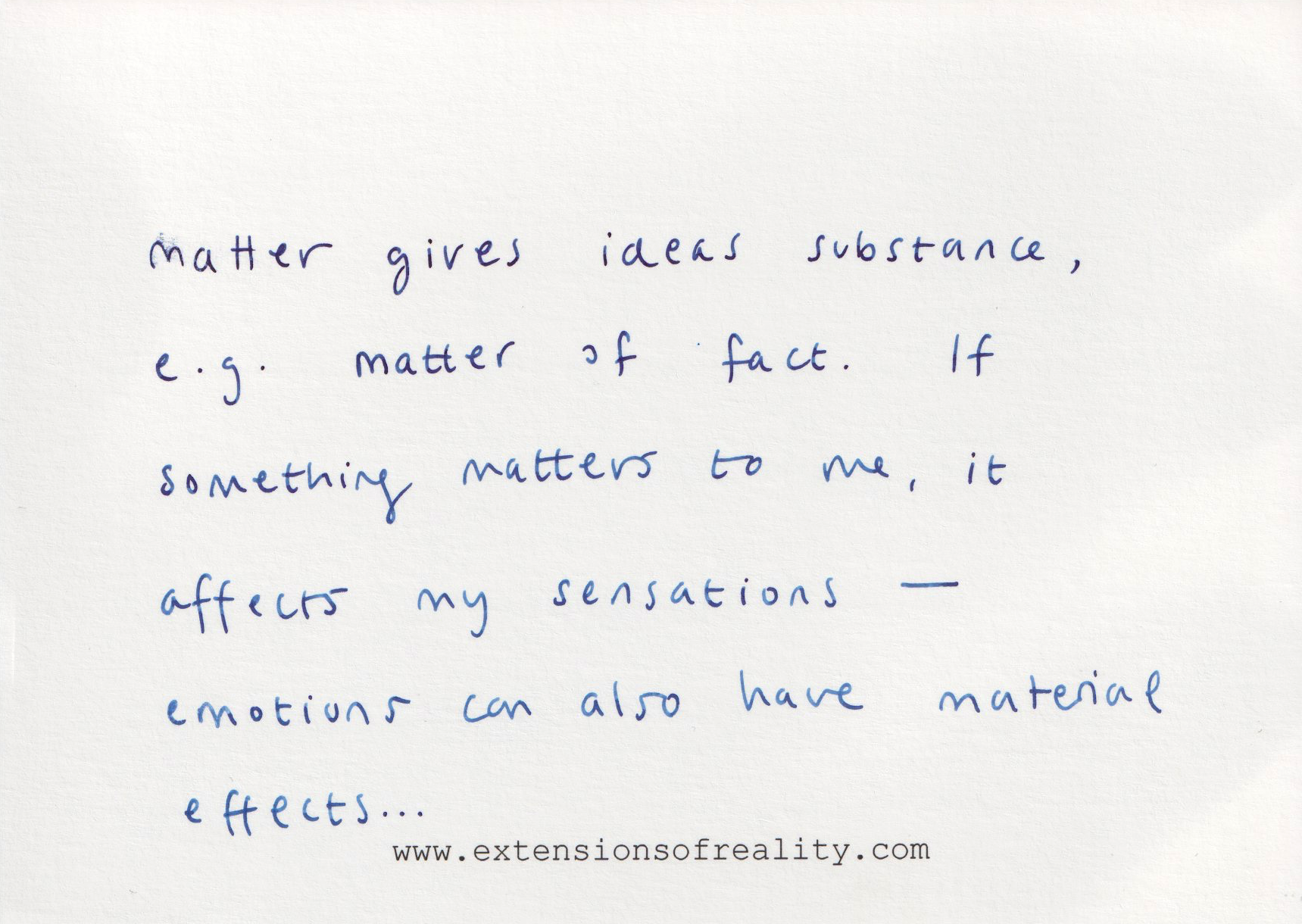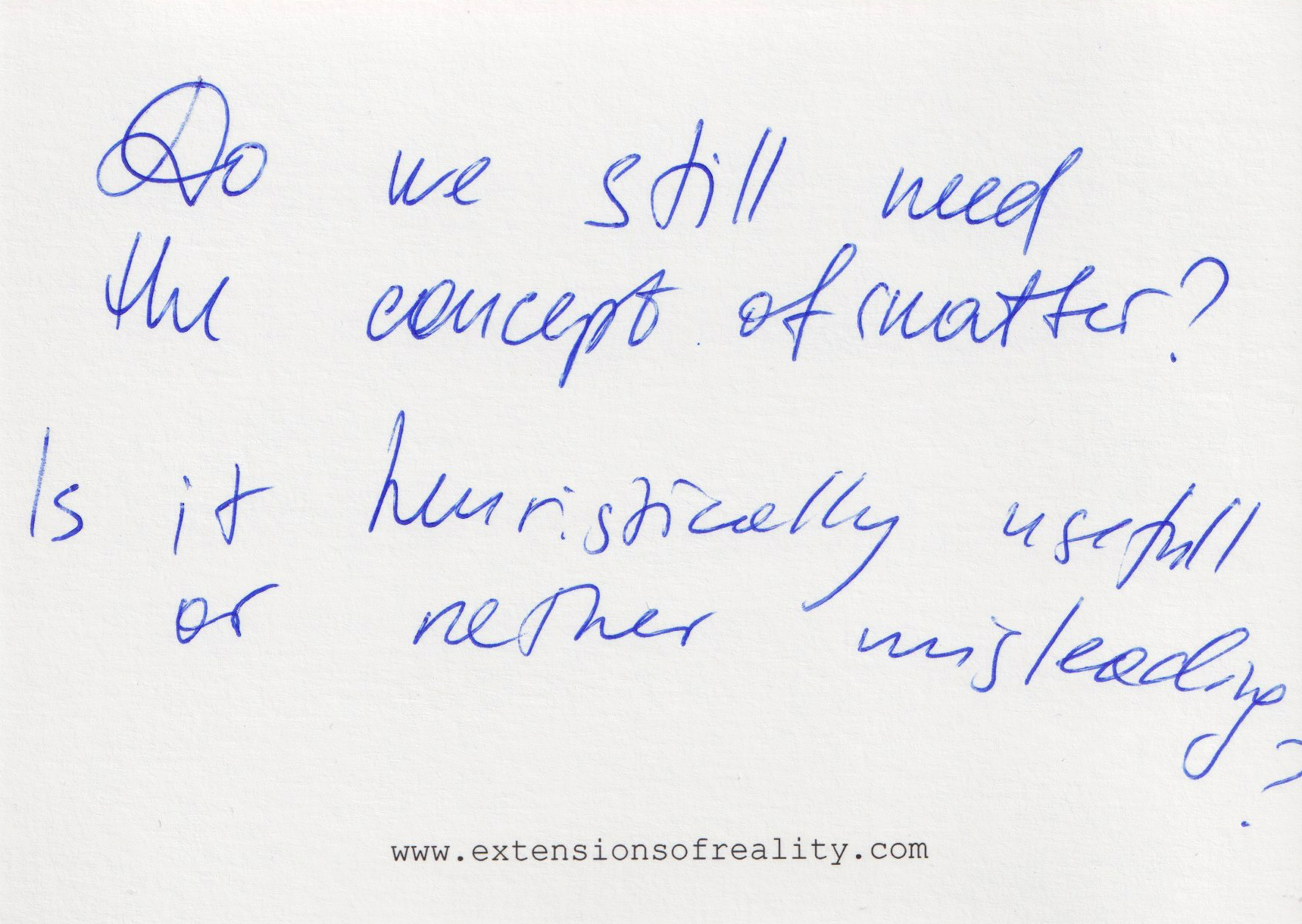‘extensions’ is a collaborative project spanning across disciplines investigating the mysteries of matter. What is matter made from? How does our perception affect our definitions of understanding the basic make up of the universe? How can we illuminate the invisible? Can we make the unseen tangible? What role do our cognitive processes play in filling the void?
Since Aristotle, matter is made of “prime matter”, the stuff of the world – a fringe and intricate concept that has fascinated thinkers for centuries. Although providing concreteness, tangibility, and resistance to the universe, prime matter is in itself non-concrete, non-extended, intangible, and unknowable. As a consequence, the corporeal existence of the world is grounded on an enigma—the marginal existence of a shadow which is not here or there, which is not to be seen or smelled or touched but, like a mother, breeds all bodies to their concreteness. Calcidius, (a commentator of Plato from the 4th century), compared that knowledge to seeing the darkness and perceiving an absence. It is the raising of a doubt within us—a doubt concerning the structure of reality and a doubt that led and still leads philosophers and scientists to question the nature of existence.
How can absence can be perceived, a loss be present, a shadow be seen? These questions have intrigued scientists and philosophers, theologians and poets for centuries. The epistemic accesses they constructed shall be de-constructed in order to gain a new vision of the invisible intertwining of cognitions, existences, and extensions governing the peripheries of our understanding.
Our project aims towards this re-construction. A collective effort of scientists and artists, philosophers and historians focused on trespassing the limitations of the epistemic world we ourselves have constructed, disciplinarily and culturally.
Since Aristotle, matter is made of “prime matter”, the stuff of the world – a fringe and intricate concept that has fascinated thinkers for centuries. Although providing concreteness, tangibility, and resistance to the universe, prime matter is in itself non-concrete, non-extended, intangible, and unknowable. As a consequence, the corporeal existence of the world is grounded on an enigma—the marginal existence of a shadow which is not here or there, which is not to be seen or smelled or touched but, like a mother, breeds all bodies to their concreteness. Calcidius, (a commentator of Plato from the 4th century), compared that knowledge to seeing the darkness and perceiving an absence. It is the raising of a doubt within us—a doubt concerning the structure of reality and a doubt that led and still leads philosophers and scientists to question the nature of existence.
How can absence can be perceived, a loss be present, a shadow be seen? These questions have intrigued scientists and philosophers, theologians and poets for centuries. The epistemic accesses they constructed shall be de-constructed in order to gain a new vision of the invisible intertwining of cognitions, existences, and extensions governing the peripheries of our understanding.
Our project aims towards this re-construction. A collective effort of scientists and artists, philosophers and historians focused on trespassing the limitations of the epistemic world we ourselves have constructed, disciplinarily and culturally.
︎ ︎ ︎
team
 Rosie Reed Gold
Rosie Reed GoldRosie Reed Gold is an interdisciplinary artist fascinated in the landscape of the psychological. Her work inhabits the margins bridging the conscious and subconscious, where the waking mind may catch a fleeting glimpse of the shadow self to engage in a dialogue - the moment where integration is possible.
Inspired by notions of the personal and collective unconscious she examines the constructed concepts of ‘self’ and ‘other’, both in the social and natural realms. Her practice is often durational in nature, driven by a commitment to document and investigate the distance between thought and action, environment and behaviour, inquiry and understanding.
Using 2D text-based work, photography, video, installation, sound and performance she is particularly interested in the role collaboration and interactivity play in exploring and negotiating the boundaries of perception and encouraging connection. Her pieces ask open-ended questions about how living beings create their own mythologies, share time/space through physical mirroring, verbal and nonverbal interactions.
www.rosiereedgold.co.uk
www.rosiereedgold.com
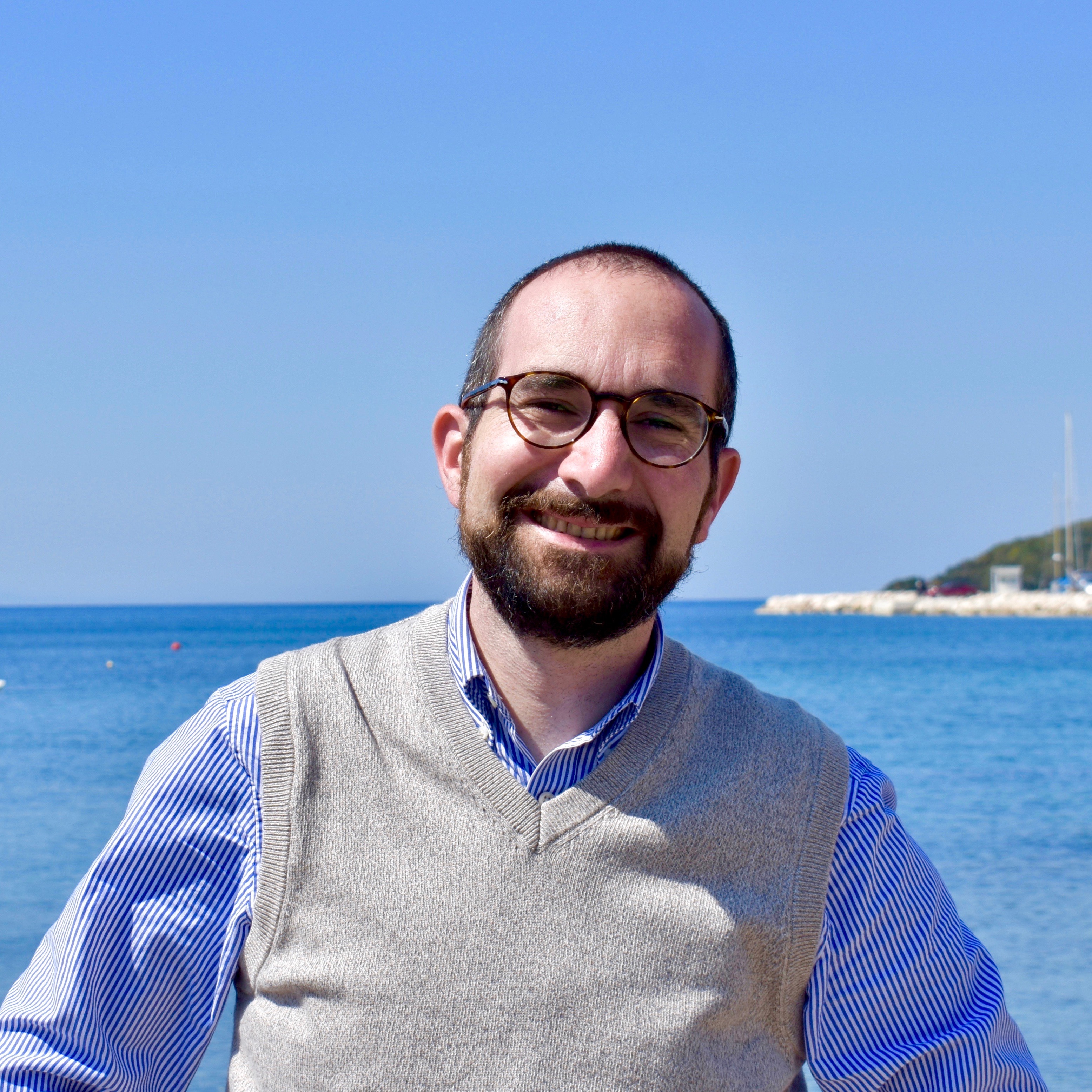
Nicola Polloni
Nicola Polloni is Research Fellow at the Humboldt University of Berlin. He has been awarded a Ph.D. in Philosophy (Pavia) and a Ph.D. in Cultures in Contact in the Mediterranean (Barcelona) in 2015. Before Berlin, his research was based in Durham (2016-2018), Pavia (2016), and Notre Dame (2015). Broadly speaking, Nicola’s work focuses on tensions. These include tensions between metaphysics and physics, examining the irreducibility of their objects when matter and materiality are considered. They are the tensions between theories and practices, assessing whether and how purely theoretical disciplines (philosophy) were impacted by practices of particular sciences (medicine, alchemy, and astronomy). Finally, there are the tensions between traditions and innovations, especially examining developments and outcomes of phenomena of cross-cultural pollination and exchange of knowledge among Greek, Arabic, Hebrew, and Latin traditions. Through this project, another tension will be explored: that between disciplinary epistemic accesses and object-constructions of notions which border science, philosophy, and art.
www.potestas-essendi.com

Tom Lancaster
Tom Lancaster is Professor of Physics at Durham University. He was a Research Fellow in Physics at the University of Oxford, before becoming a lecturer in Durham in 2012.
His research focuses on the physics of magnetism in one and two dimensions along, more recently, with the physics of topological objects in magnestism.
He is a regular collaborator on interdisciplinary projects involving emergence in condensed matter physics and is the coauthor of “Quantum Field Theory for the Gifted Amateur” and coeditor of the “Routledge Handbook of Emergence”.
www.dur.ac.uk/physics/staff/profiles/?id=9538
 Joshua Harvey
Joshua HarveyJoshua Harvey was first introduced to the workings of medieval minds during his doctoral research, working with the Ordered Universe - an interdisciplinary project exploring medieval science. Coming from a background in biochemistry and with interests in visual neuroscience, he found that a lot of the same questions in modern science were being wrestled with in the thirteenth century.
With this project, he hopes to see how medieval descriptions of prime matter—as both a physical and perceptual phenomenon—might resonate with modern, empirical studies into sensation, perception, and mental imagery.
www.psy.ox.ac.uk/team/joshua-harvey
extensions’ first iteration examines notions of the present absent, using medieval philosophical and scientific epistemes of (prime) matter, artistic visualisations of unseen data, and scientific studies on the nature of perception.
Nicola’s research at the Humboldt University on ‘Knowing the Shadow; Ontology and Epistemology of Matter in the Thirteenth Century’ provided intitial inspiration via Calcidius’ writings in De Silva on Matter:
“…the vision of a person who gazes upon darkness is not comparable to his normal experiences of gazing upon distinctly coloured objects, but owing to contrary affection, an absence or want of the things which the eyes see…his vision is in a position, not to comprehend any quality in the darkness, but to suspect the fact of nonbeing but not the existence of any particular reality, and despite seeing nothing he thinks he is actually seeing what he does not see and supposes he is seeing something although he sees nothing…but since the eye is naturally conditioned to discern colours, in his attempt to discern a colourless nature he suspects…that he is seeing darkness.”
"as consonants without vowels are mute in themselves but when combined with vowels confer something and impart genuine sound"
As an interdisciplinary artist committed to manifesting the invisible, Rosie began to make text-based images, layering and obscuring phrases to create visual examples of less direct route to understanding.
This passage from William of Conches’ commentary proved most inspiring:
“Calcidius says that, as the darkness is seen without seeing and the silence is heard by hearing nothing, as too that primordial matter which is prime matter is understood without understanding. Which corresponds to say that in the same way it is necessary for sight to fail as to see the darkness and similarly for the hearing as to hear the silence, likewise the intellect has to fail in order to understand prime matter. Indeed, when we think of matter without any form, our intellect fails.”
This quote was rendered into the below image by a long process of arbitrarily erasing select parts of letters in an attempt to express how prime matter may be ‘seen’ and yet not fully comprehended.
The notion of fundamental elements of vision has particular relevance to Joshua’s research into perception, and the mechanisms we use to extract and construct meaning from visual data. Using image processing alogrithms informed by visual neuroscience, the spatially invariant statistics of these images can be extracted, characterised, and transferred to other passages. In essence, this process retains the minimal visual features of the original images, and refines–or rarefies–other passages such that these minimal features are all that remain.
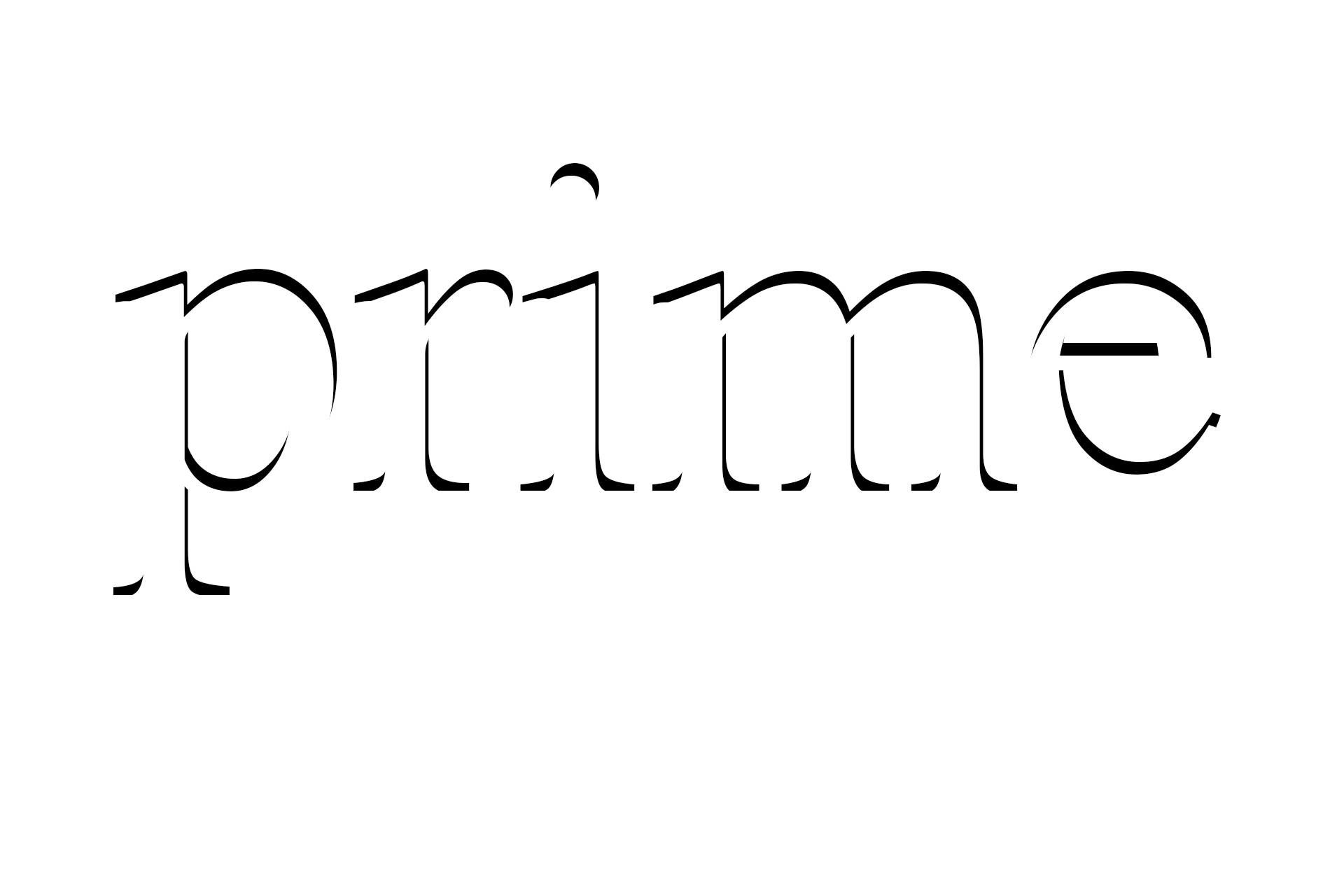
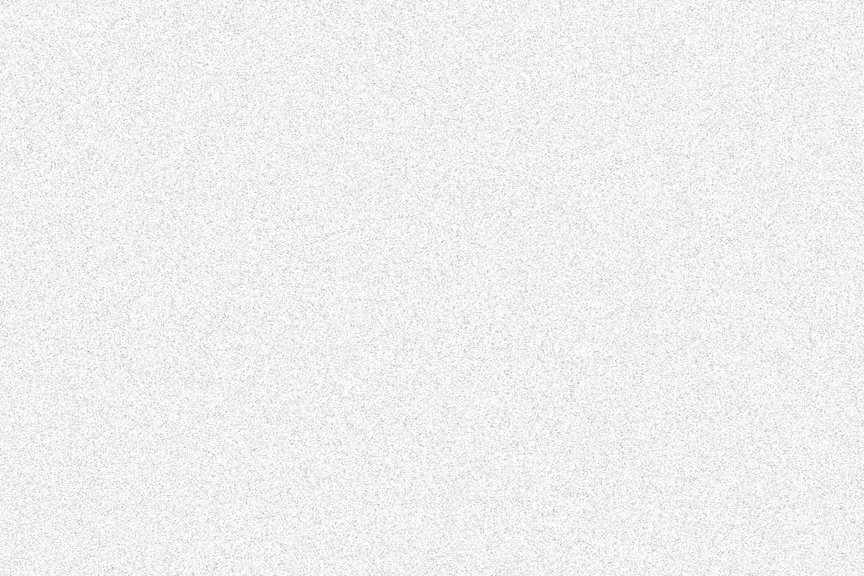

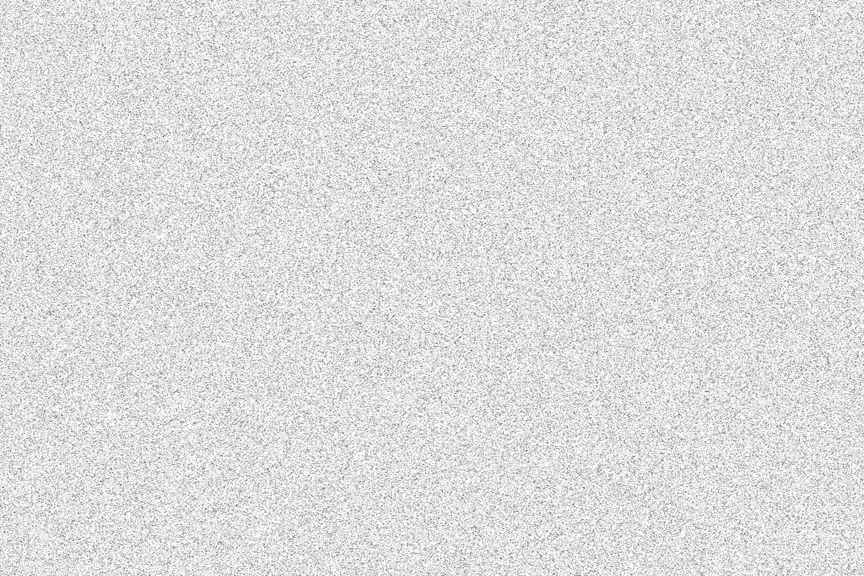

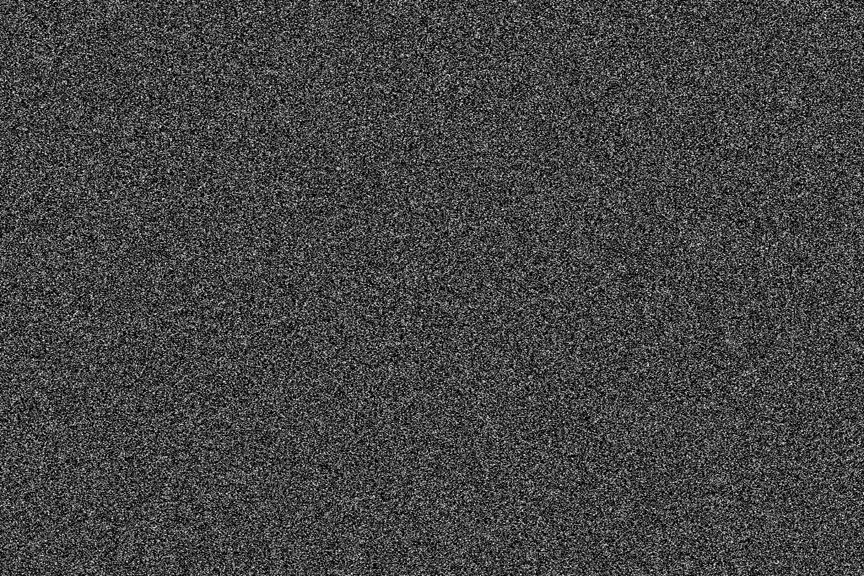


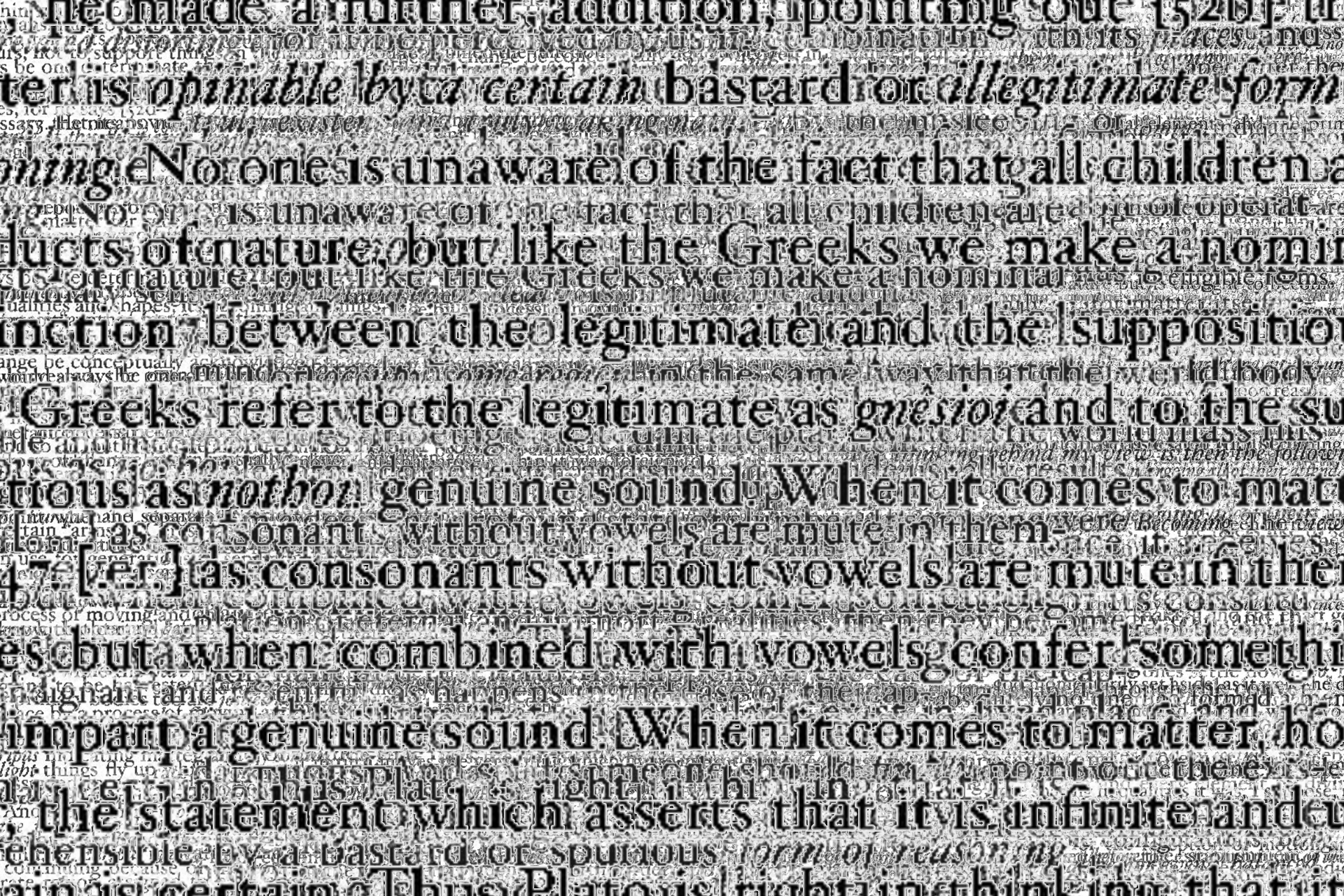
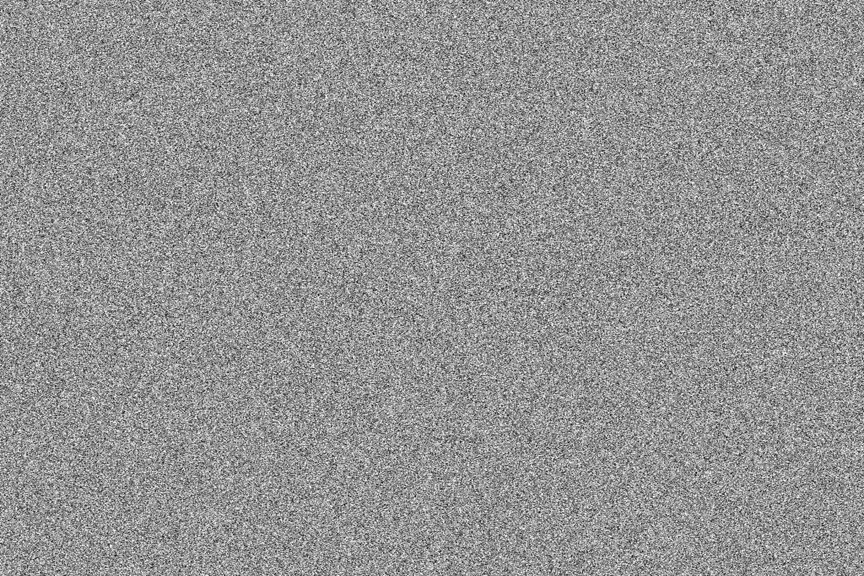

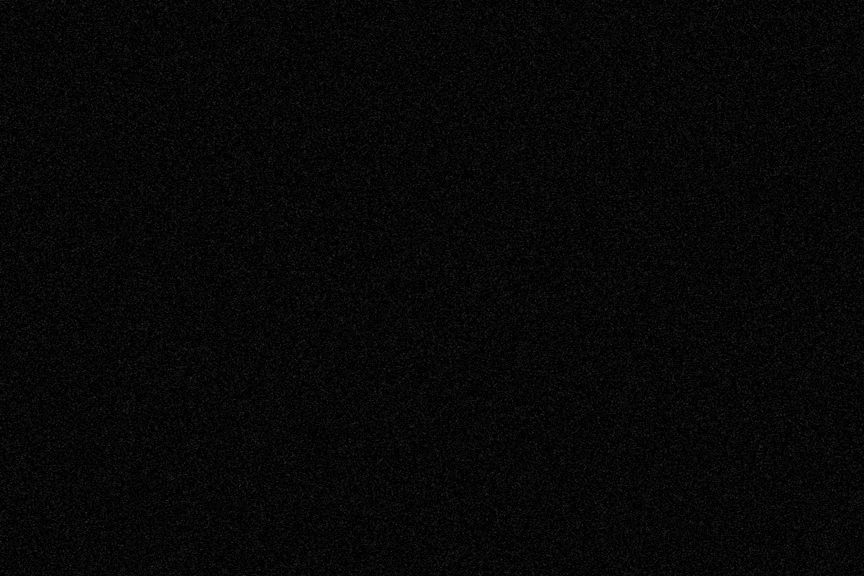
‘presence in absentia’ at the ‘Structuring Nature’ Summer School in Berlin, August 2019.


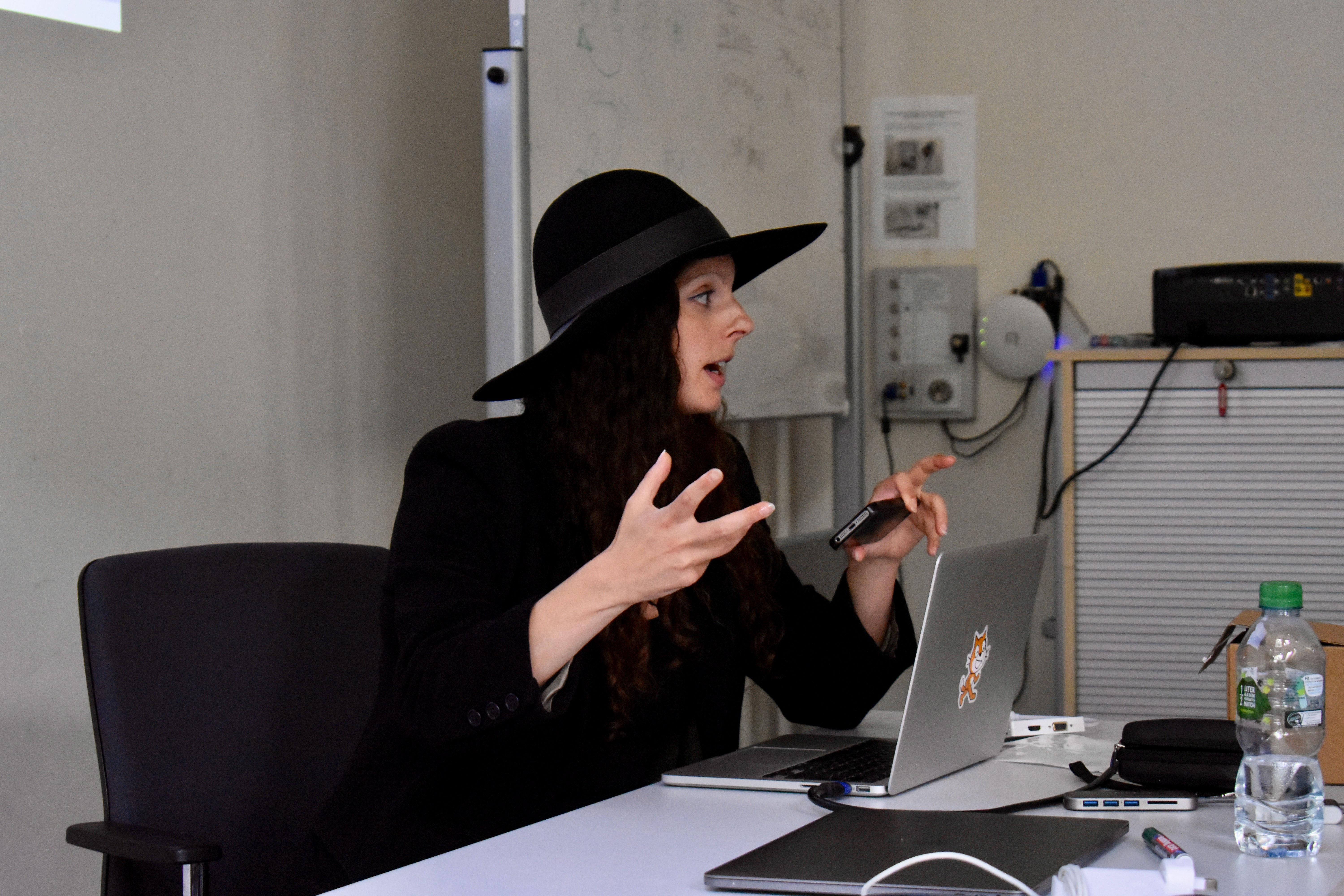
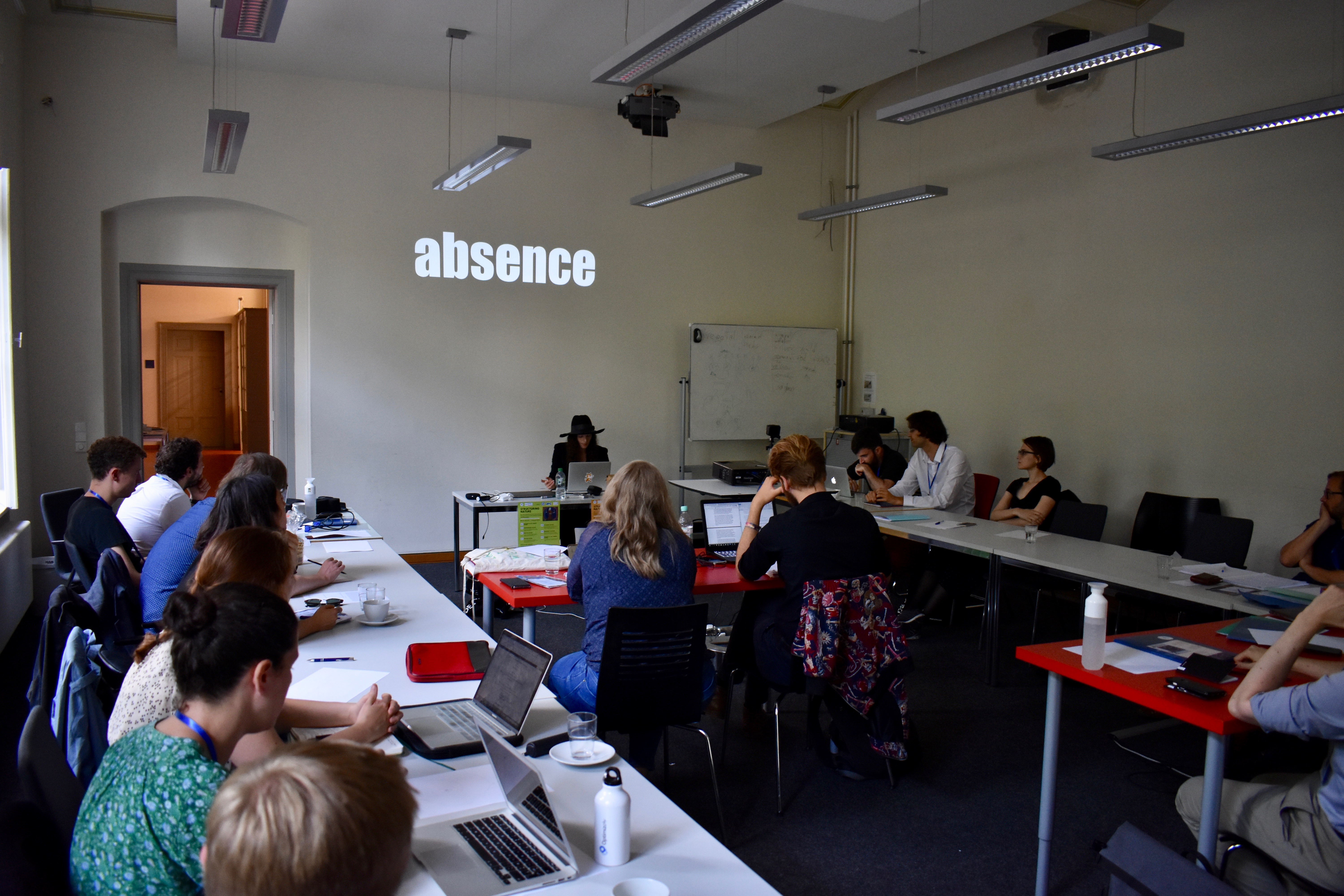
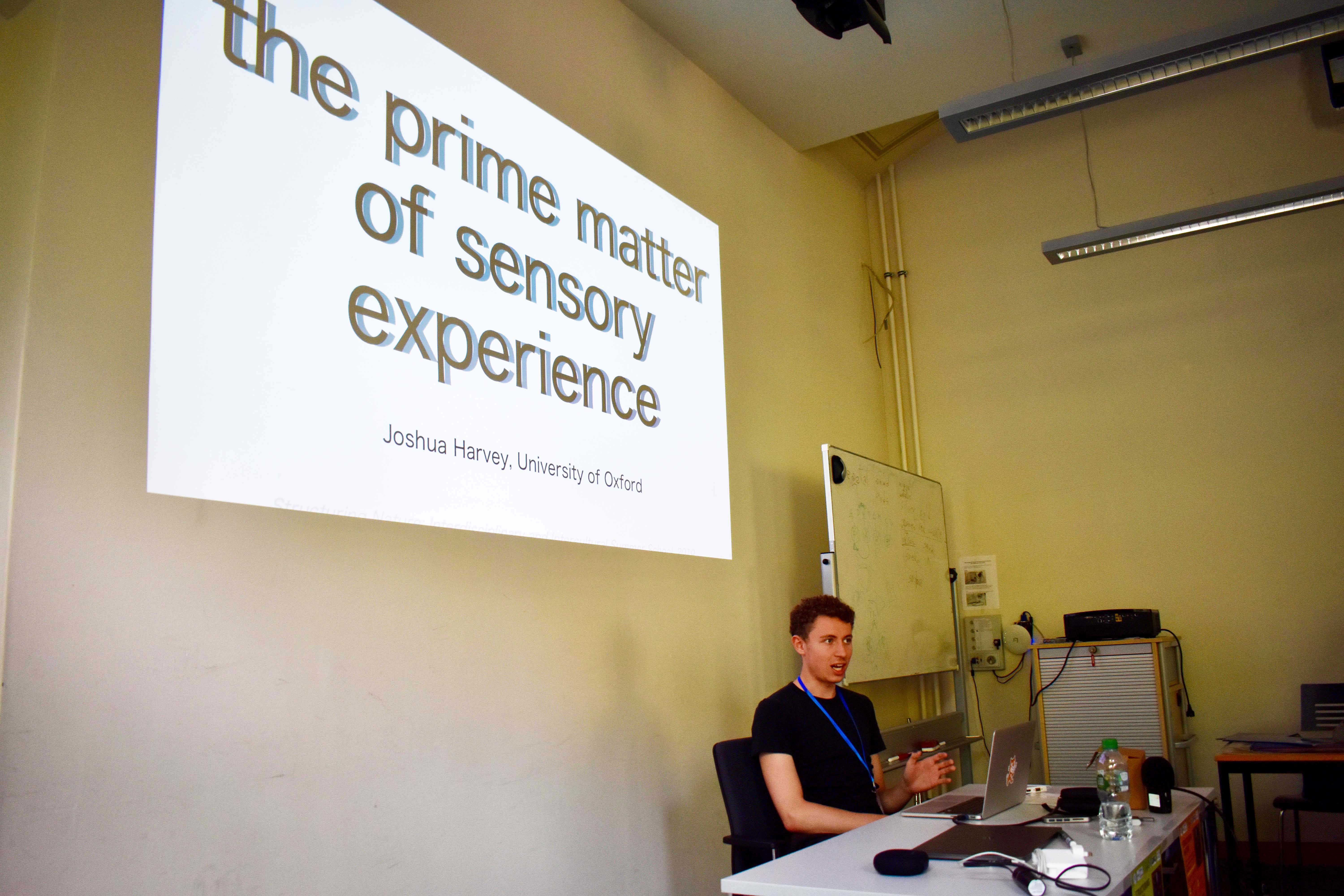
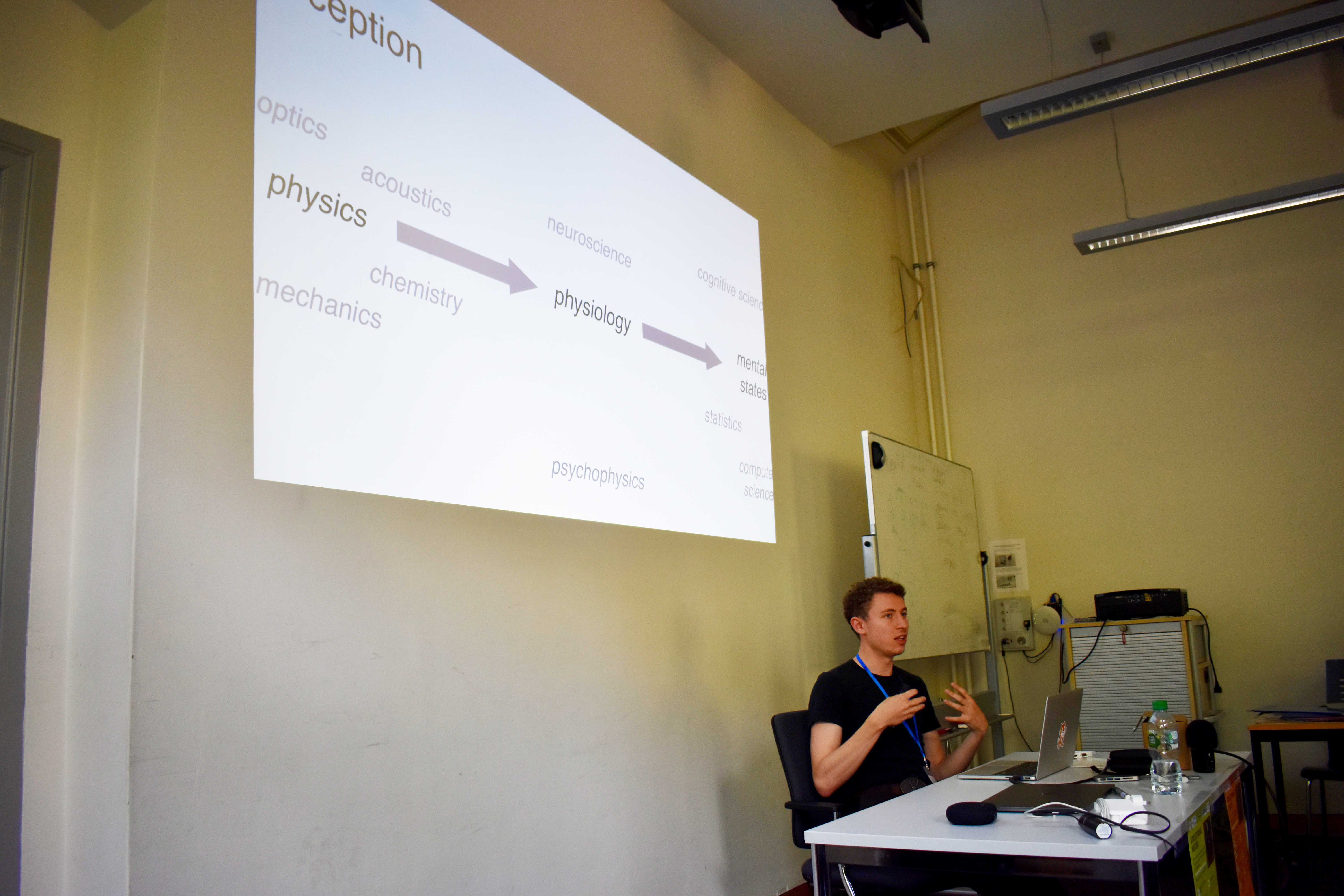
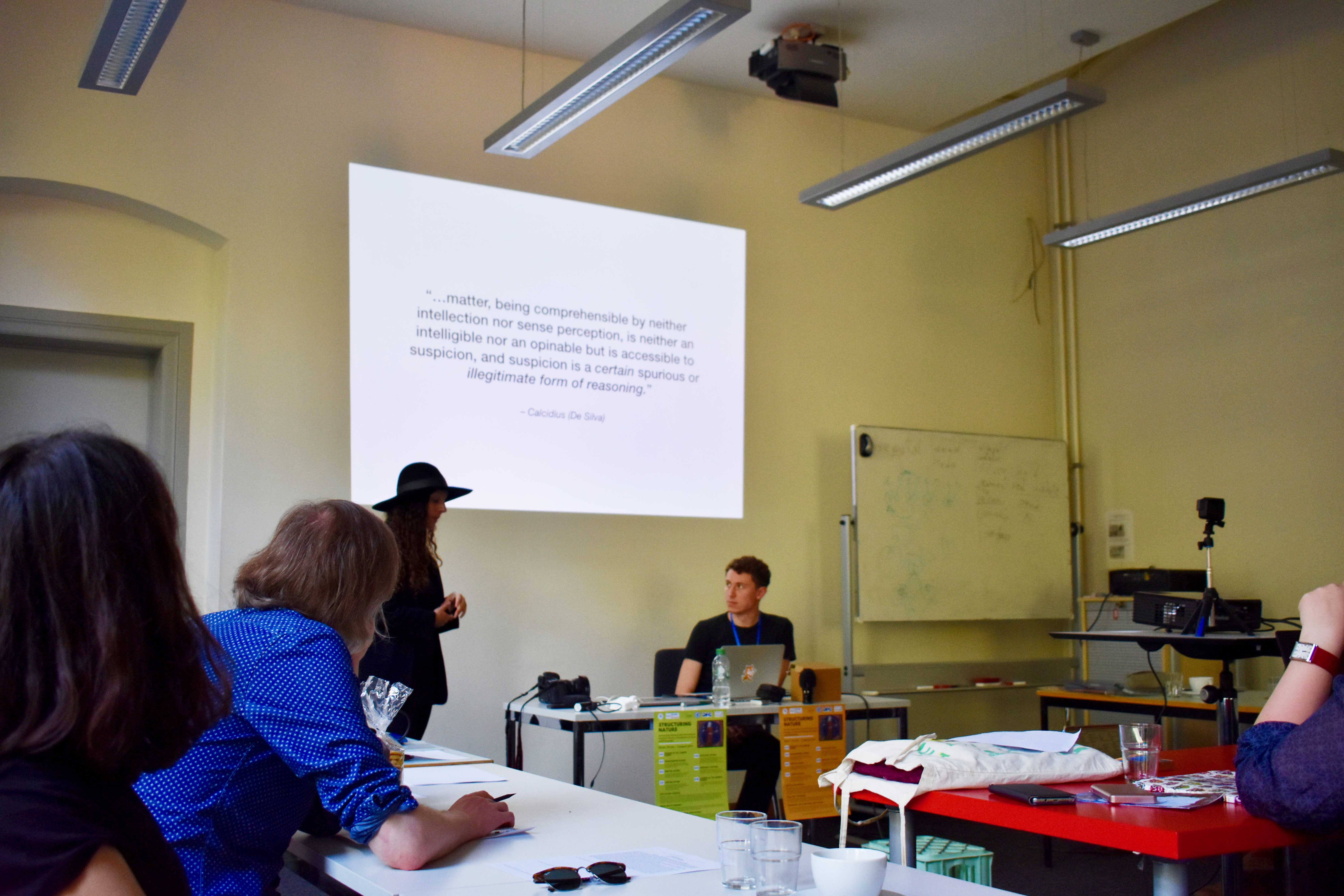
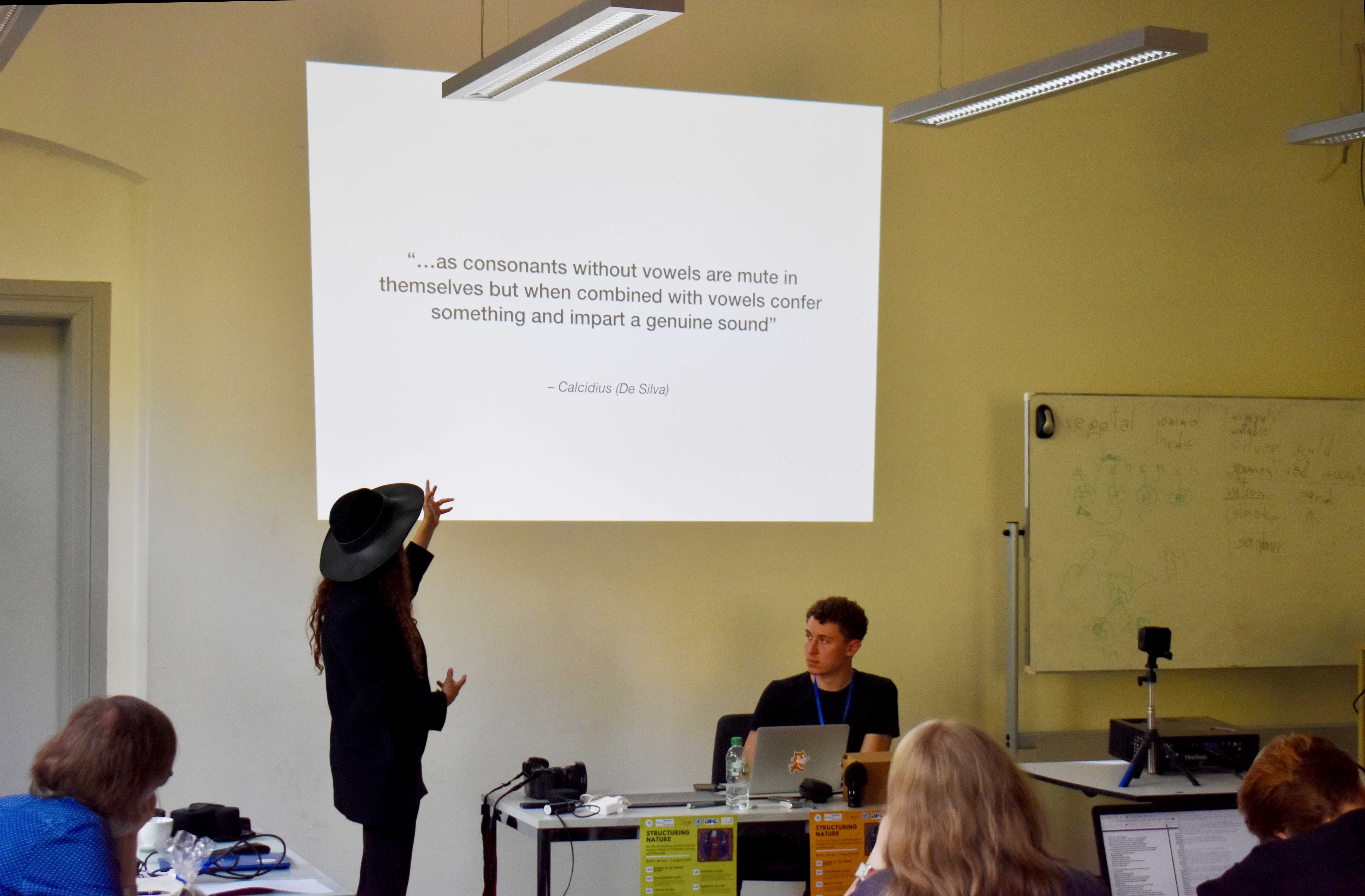
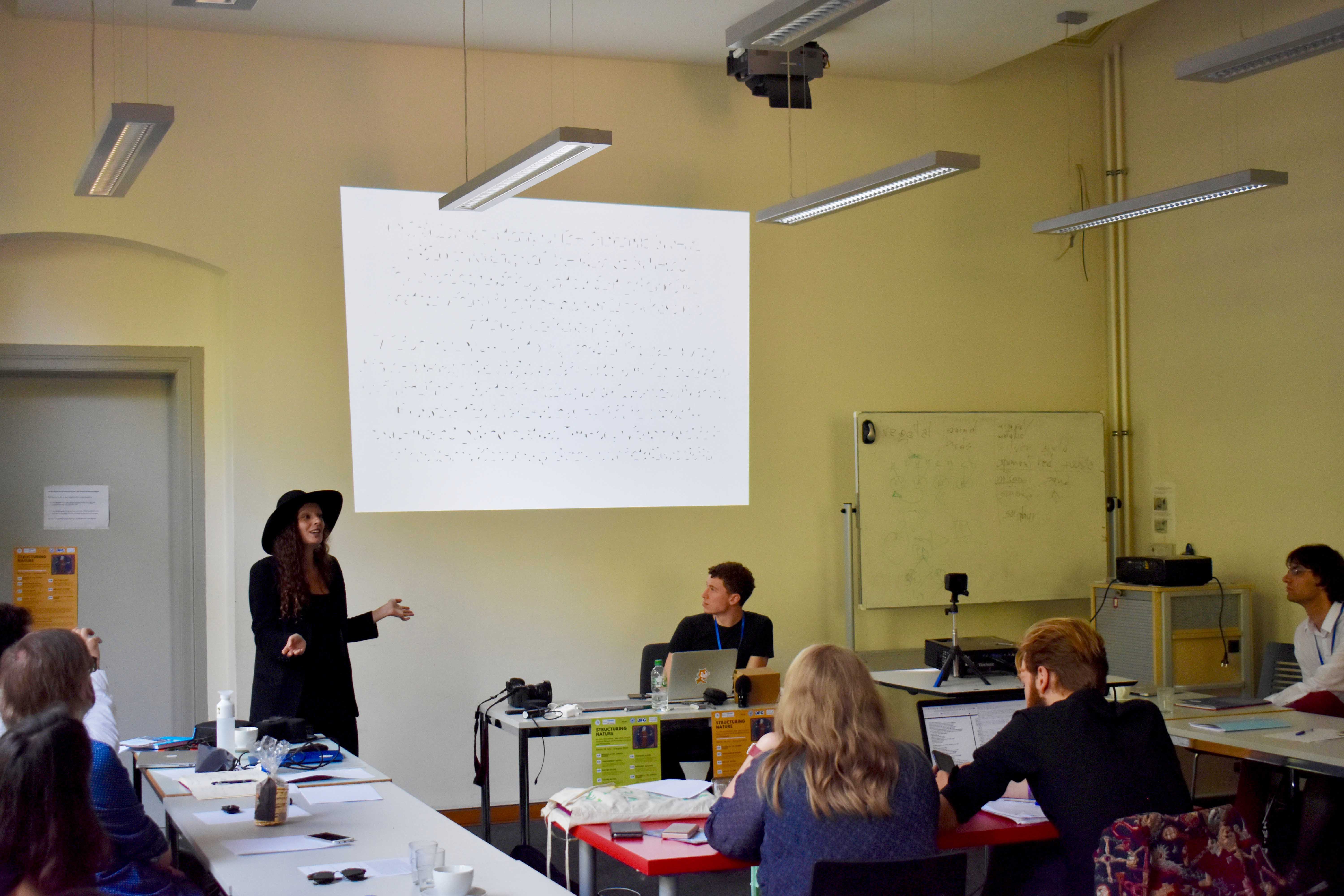
Participants were invited to write any statements or questions they had about matter. These were then input and transformed by
the algorithm used to develop ‘presence in absentia’ to see how to abstract our understanding of the nature of matter.



